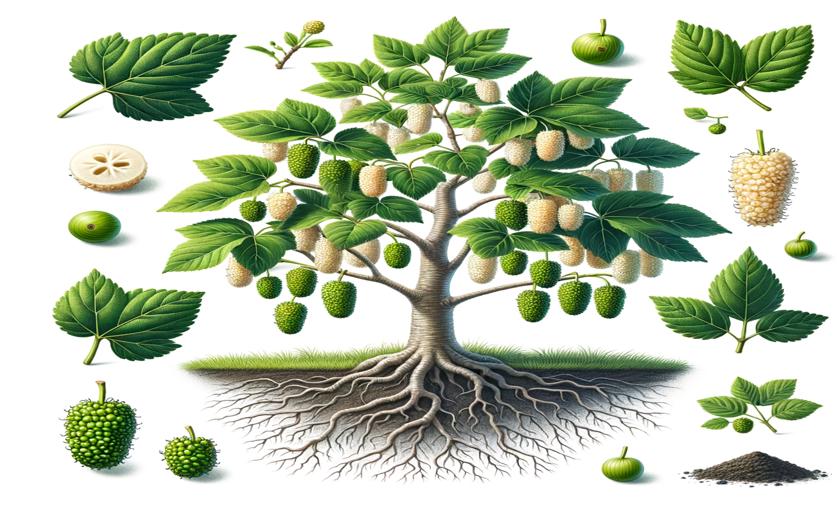
Health Benefits and Antioxidant Power in Different Parts of White Mulberry
Greg Howard
31st July, 2024

Image Source: Natural Science News, 2024
Key Findings
- The study from Sher-E-Kashmir University in Kashmir analyzed the bioactive compounds in different parts of the mulberry plant
- Mulberry fruit had the highest levels of total phenols and flavonoids, making it a potent antioxidant source
- Mulberry leaves contained the highest amount of ascorbic acid and carotenoids, beneficial for health and nutrition
References
Main Study
1) Bioactive compounds and antioxidant activity in various parts of Morus alba L. Cv. ichinose: a comparative analysis
Published 30th July, 2024
https://doi.org/10.1007/s11084-024-09650-9
Related Studies
2) Metabolomic Profiling and Identification of Antioxidant and Antidiabetic Compounds from Leaves of Different Varieties of Morus alba Linn Grown in Kashmir.
3) Nutritional constituents of mulberry and their potential applications in food and pharmaceuticals: A review.



 12th May, 2024 | Jim Crocker
12th May, 2024 | Jim Crocker